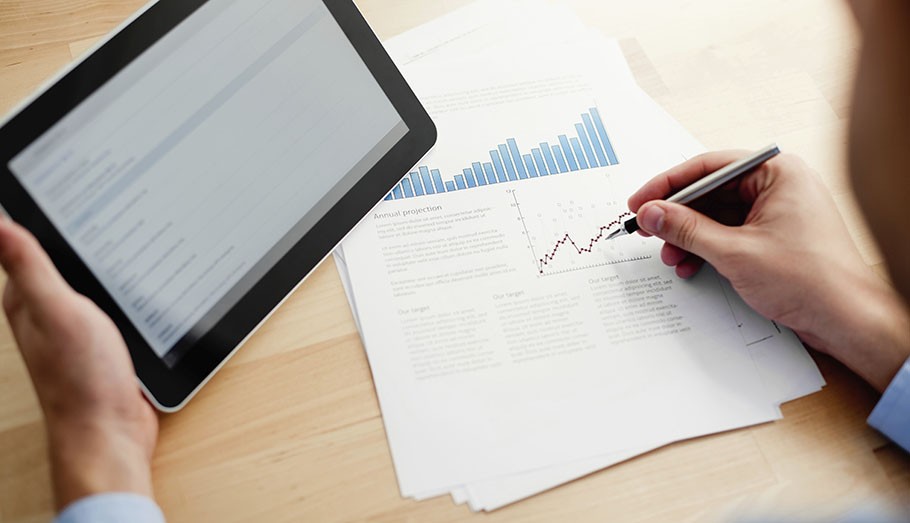Mutual Funds How To Read A Mutual Fund Table
Post on: 15 Апрель, 2015 No Comment

Mutual fund data is easy to find and easy to read. The most common method of accessing the information used to be via a mutual fund table in the newspaper, but now this information is more commonly found online. (For more on finding the right information, check out Data Mining For Investors .)
Online
Websites provide significantly more data about a given mutual fund than a fund table does. Yahoo Finance, MSN Money and all of the major mutual fund companies provide robust websites filled with fund information.
The following basic details are usually provided: fund name, net asset value. trade time (provides date for last price), price change, previous close price. year-to-date return, net assets, and yield. With a just a few clicks of the mouse you can also view historical prices, headlines news, fund holdings, Morningstar ratings and more. (Learn how to use this data in Analyzing Mutual Funds For Maximum Return .)
Newspaper Fund Table
By providing key data points, mutual fund tables give an overview of a mutual fund’s performance for the past 12 months in relation to its current price. They also provide insight into how the fund’s price per share has changed over the course of the most recent week.
However, with the high prices of newsprint, declining readership, and increasing adoption of technology, many newspapers are cutting back on the space allocated to mutual fund tables. This is particularly true where smaller and less popular funds are concerned. Going online or calling the fund company directly may be the only way to get information about these products.
What Do You Need?
The wealth of information available can be daunting. What do you really need to know? Where can you go to find it? How much detail is too much? The answers to these questions largely depend on how you plan to invest. If you are looking to day trade, for example, information about daily pricing trends may be critical to your efforts. If you plan to buy and hold for decades, long-term performance information, fund expense ratios, and the management team’s history are probably enough. Fund fact sheets and a copy of the fund’s prospectus are available on most fund company websites. These documents generally provide all the information long-term investors require to make decisions. (To learn more, check out January: Time To Read Your Mutual Fund’s Annual Report .)














